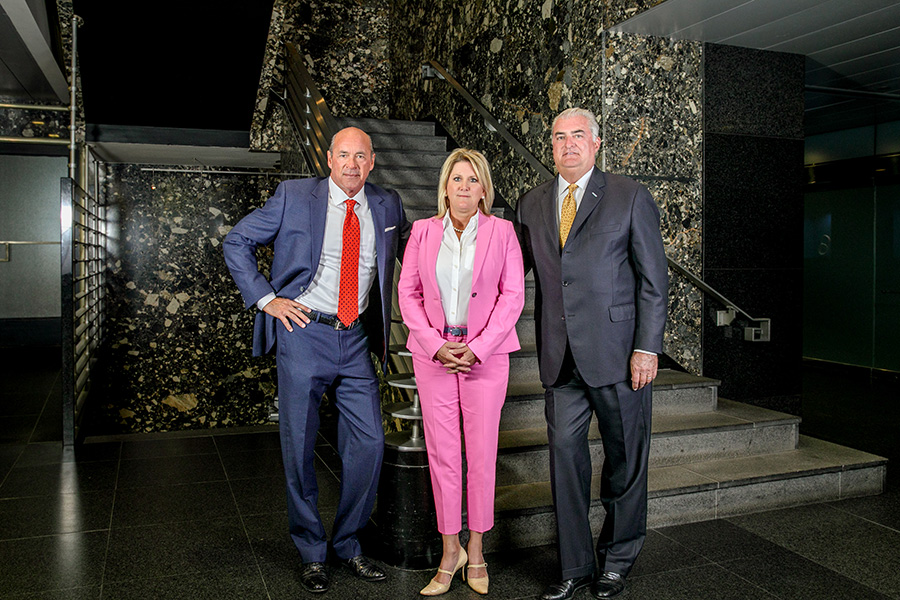Drivers Take Risks in Spite of Dangers

For too many of America’s motorists, risky driving is a hard habit to break.
Even though 33 percent of the nation’s drivers have lost a loved one in a fatal wreck or had a family member hurt in serious car crash, people continue to drive too fast, run red lights, drive while drowsy, or talk and text on cell phones, according to a study by the American Automobile Association Foundation (AAAF).
More pointedly, motorists refuse to give up these unsafe behaviors even though 20 percent of them have experienced a bad wreck and 10 percent have sustained a serious injury in a car crash, the latest Traffic Safety Culture Index shows.
Oklahoma reported 678 traffic fatalities in 2013, 174 of which involved speeding, according to the National Highway Traffic Safety Administration. Alcohol-impaired driving was a factor in 170 of those crash deaths.
Roadway safety begins with each individual, but apparently American drivers hold the attitude, “Do as I say, not as I do,” AAAF officials say.
The agency did not have to search very long to find out just how widespread the problems are. The AAAF for Traffic Safety’s annual survey assessed the attitudes and behavior of motorists over the previous 30 days and found:
- Red-light runners: 36 percent admitted running red lights even though 55 percent say that is a serious threat and 73 call it completely unacceptable.
- Residential speeding: 44 percent say they’ve driven more than 10 miles per hour over the speed limit on residential streets, even as 65 percent call it completely unacceptable.
- Driving while drowsy: 29 percent say they’ve driven while sleepy, but 45 percent call that behavior a serious threat and 81 say it’s completely unacceptable.
- Digitally distracted: 27 percent admit typing or sending a text or email, even as 79 percent call that a serious threat and 84 say it’s not acceptable.
Distractions Abound
Despite overwhelming evidence that cell phones can cause motorists to crash by diverting their attention from the road, the study shows specific behavior about distracted driving within the past 30 days is even more frightening:- Two of three motorists said they talked on their cell phone while driving.
- One in three drivers admitted talking often on their phone.
- One in three motorists said they read a text message or email while on the road.
Blog CATEGORIES
Let's Talk About It
Speak with an experienced attorney at no cost to you

